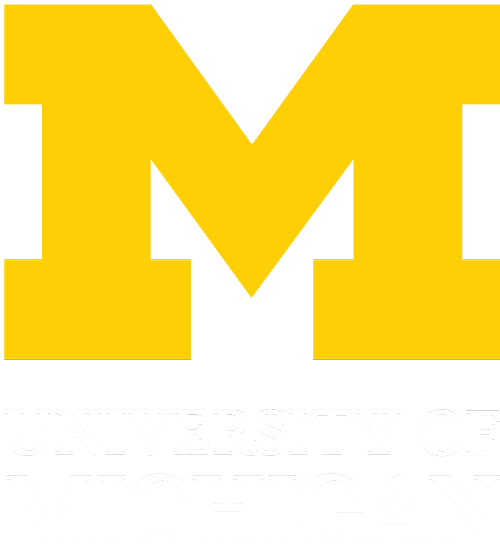Meaning of PRBA Logo

The PRBA logo is based on the Ghanaian Adinkra symbol, Fawohodie, which means independence and freedom. The Ashanti, of the historic Ashanti Kingdom, created Adinkras to represent proverbs, aspects of life, historical events, or the environment. These symbols were carved out of the wood from a gourd and stamped onto cloth. Originally, Adinkra cloth was made for Ashanti royalty and has been used for at least 200 years. Now the symbols can be found in many forms for anyone to wear or have. The PRBA website footer is inspired by Adinkra cloth.
The red, black, and green colors in the PRBA logo represent the Black Liberation flag, African Liberation flag, or Pan African flag. It was initially designed by Marcus Garvey and adopted by the Universal Negro Improvement Association (UNIA) in 1920 as the UNIA flag to represent all peoples of African descent. The red represents the blood that has been shed for liberation, the black for the people, and the green for the land and rich natural resources in Africa.
The PRBA logo also incorporates green, gold, and red. These are the colors of the Ethiopian flag prior to 1996. The roots of the Rastafarian Movement date back to the crowning of Emperor Haile Selassie I in Ethiopia, and Rastas based their flag that Ethiopian flag. For Rastas, green stands for the beauty and lushness of the land, gold represents the wealth of their homeland (Africa), and red represents the blood of black martyrs shed in struggles for liberation and justice. For many people of African descent in the Caribbean, the colors green, gold, and red hold special significance.
Red, black, green, or gold are currently used as the primary colors in flags of Benin, Burkina Faso, Cameroon, Ghana, Guinea, Guinea Bissau, Guyana, Jamaica, Kenya, Libya, Mali, Mauritania, Republic of Congo, Sao Tome, Senegal, Togo, Zambia, Zimbabwe, and Vanuatu.
PRBA decided to include the colors red, black, green, and gold in our logo to represent our connection to people of African descent globally.

